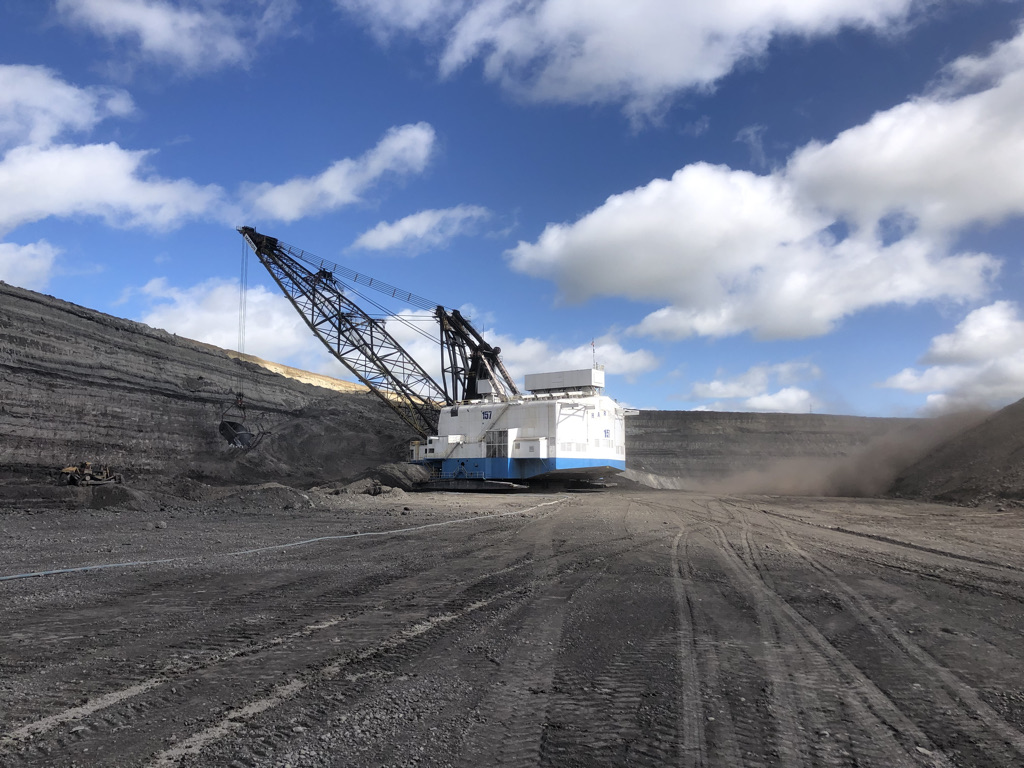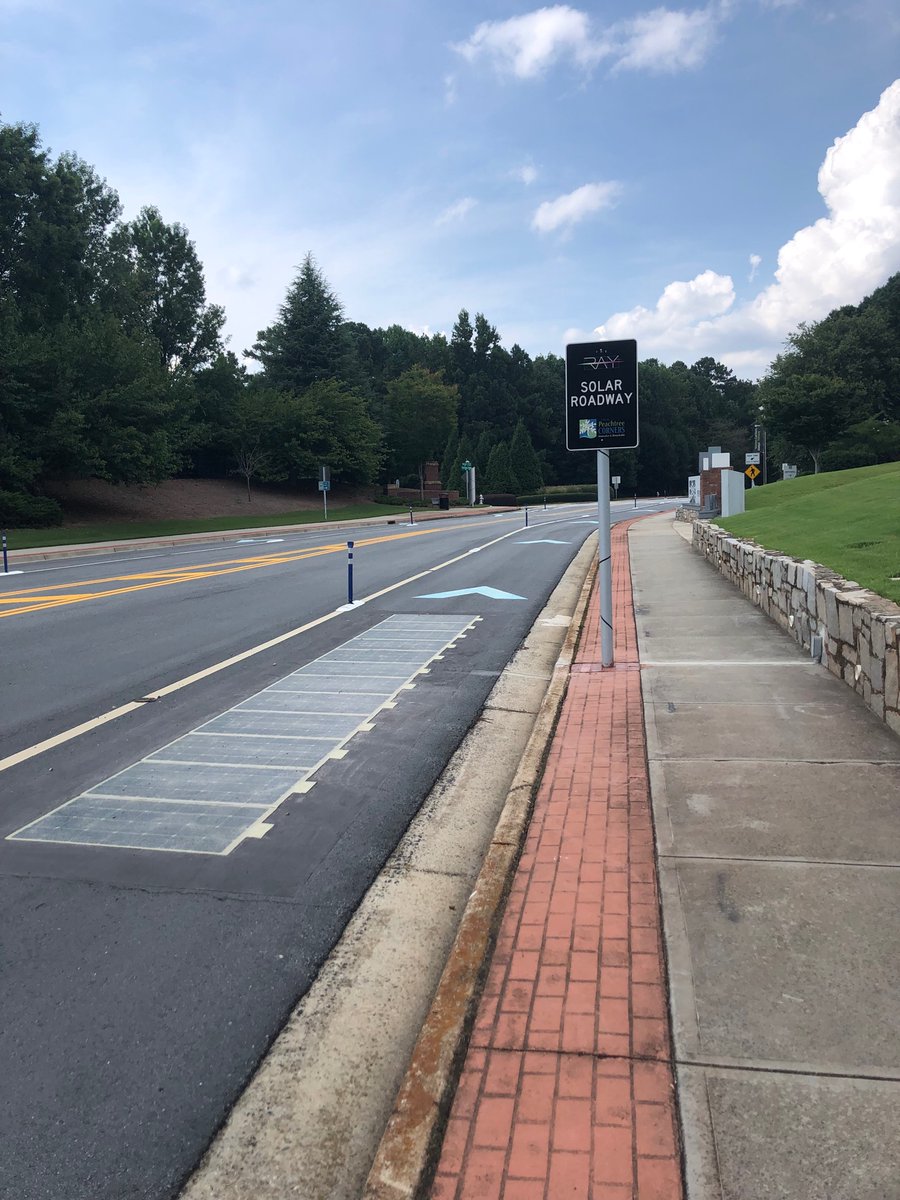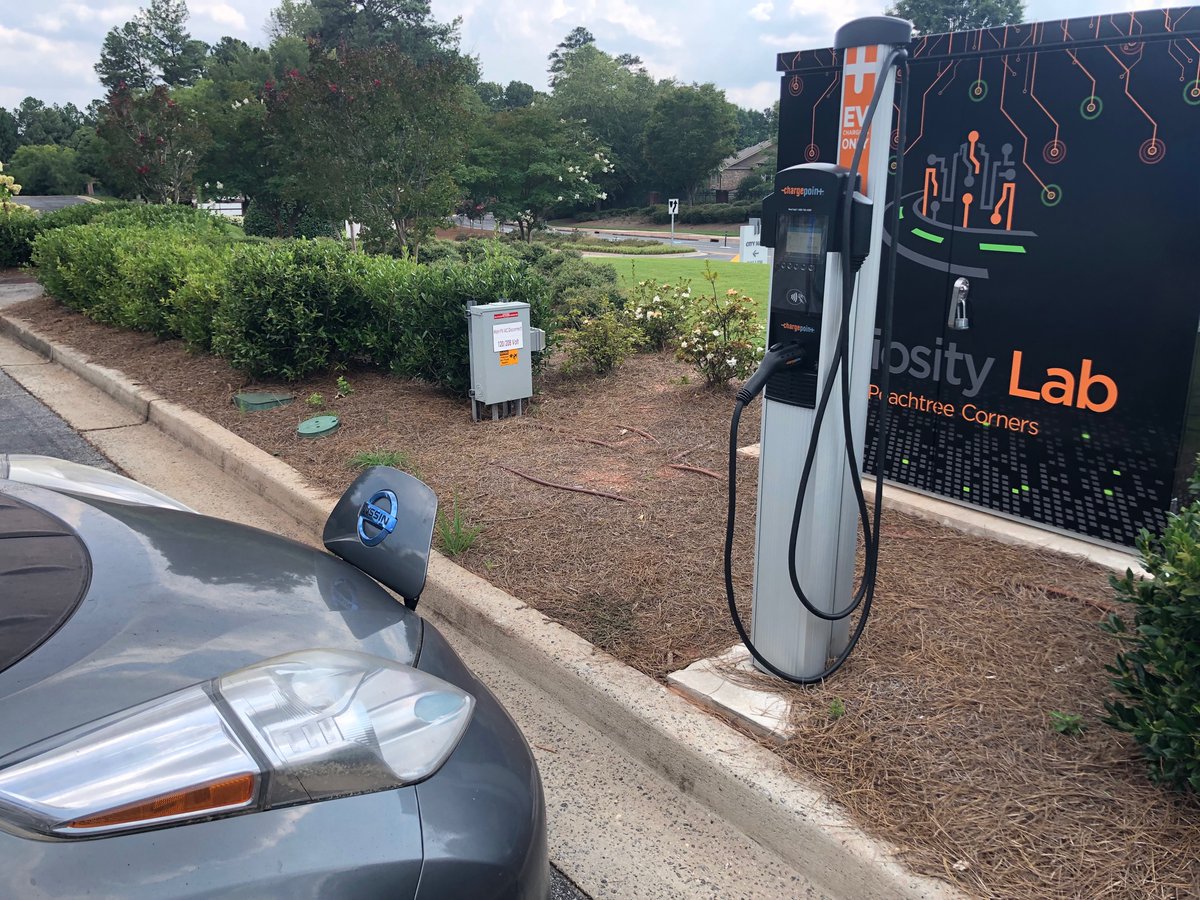
As many of you know I'm obsessed with physical infrastructure & want to invite you on this journey re: fossil fuel supply chains in a decarb'd future with me.
Basically: examine claims of future small fossil use critically. A lot of these systems have minimum viable scale.
Basically: examine claims of future small fossil use critically. A lot of these systems have minimum viable scale.
The ("the") neat thing about flow renewables like wind & solar is that they do fuel harvesting & conversion at the same place, with the same equipment.
Not so for fueled systems (e.g., fossil). You need multiple industries, mostly private in the US, to keep operating.
Not so for fueled systems (e.g., fossil). You need multiple industries, mostly private in the US, to keep operating.
If I have one wind turbine I can just run it or not (ofc there are construction supply chains -- but I'm talking once it's built). If I have one gas plant I need a gas well, a processing plant, pipelines, safety inspectors, reservoir engineers, educational infrastructure...
Detour thought, this is partly why I think there's actually a really interesting potential role for even very high cost on-site electrolysis coupled to 100% H2 fired turbines for grid support. High cost for high value, & minimal dependence on add'l fuel supply chains.
Consider that vs. the ~TW of gas turbines running at super low CFs that a lot of models tend to find to make the math work, but which still rely on a pipeline system like this to get the fuel. I don't think it's credible to think that system stays around for low CF. 

Anyway point being: I'm skeptical of a future where we keep a mining complex like this open for one or two coal fired power plants (with or without CCS): 

I'm skeptical we appropriately maintain infrastructure like this such that it can turn on in the small hours we need it. (See also: my recent adventure of keeping my ICE vehicle in warm shutdown for two years, then needing to repair it before it would start) 

I'm /deeply/ skeptical that we have appropriate expertise, safety oversight, etc. over high hazard private industries that after decades of presumed growth, suddenly face contraction. We /already/ struggle with massive disinvestment.
I worked for PG&E Gas Transmission on safety stuff after San Bruno. We don't have a great record even when the industry is /growing/, let alone shrinking with the intent to close. We can't run to failure in these industries, but we probably will. 

As @S_HastingsSimon & I wrote about re: the mid-transition, there are real & urgent risks associated with presuming the continued availability of fossil supply chains that we might want to have "as a backup" or to ease the transition.
What happens when gasoline demand falls enough that (again, private, with no utility obligation to serve) gas stations just start going out of business simultaneously? How do refiners with small margins keep producing jet fuel indefinitely if there's no gasoline demand? Etc.
Who pays to keep the 100s of thousands of gas transmission pipelines safe and operating when we have a national system of gas turbines demanding gas for ~70 hours/year, all at the same time, in challenging conditions that aren't tested often?
Point being: just because a system functions now doesn't mean it functions under the conditions of the future (here I'm just talking about the infra on a background of already alarming deferred maintenance, let alone climate change).
As we think about energy futures, ask, repeatedly: what physical infrastructure, governance, education models, etc. does this scenario imply we must have? What does that do to our assumptions about cost, reliability, availability, etc. relationships based on past observations?
Fossil fuel supply chains are necessary to run fossil fuel end uses, and they depend on enormous economies of scale to work the way they do. Getting smaller means, almost certainly, way more cost. Just because a power plant exists in the future doesn't mean it can run.
Ty for indulging my overtweeting -- recovering from a hand injury means I can peck at Twitter but not really much else. This thread brought to you by 1) my nonfunctional fireplaces and 2) the coal train I just saw.
• • •
Missing some Tweet in this thread? You can try to
force a refresh














